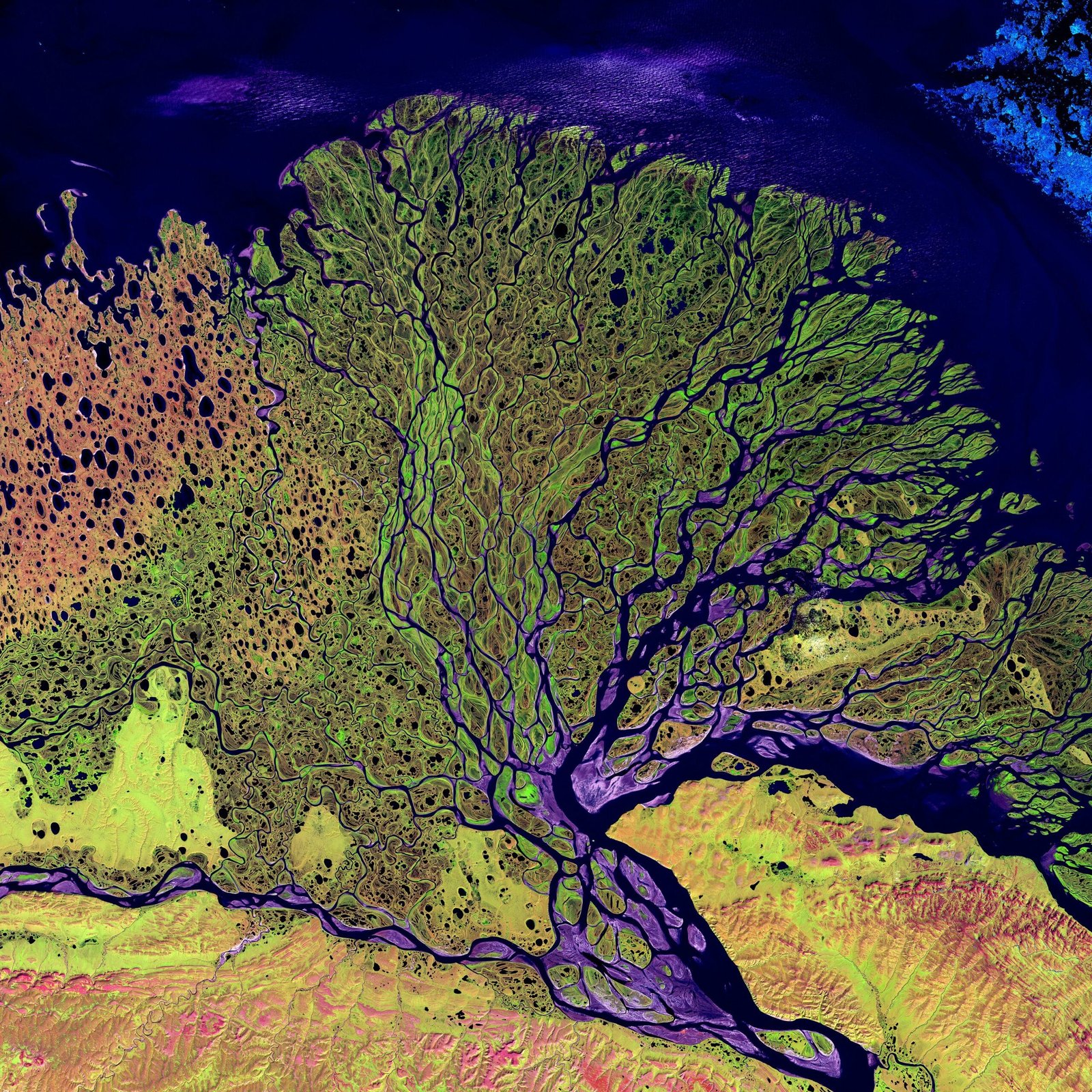The Shift of Atmospheric Rivers: Implications for Global Weather Patterns
Understanding Atmospheric Rivers
Atmospheric rivers are narrow corridors of concentrated moisture in the atmosphere that play a crucial role in global weather systems. These weather phenomena are typically formed when warm, moist air is transported from tropical regions towards mid-latitudes. The interplay between different atmospheric conditions, including temperature gradients and topography, assists in the development of these moisture-laden air currents. When they reach mountainous terrains, this moist air is forced to rise, resulting in cooling and condensation which ultimately leads to precipitation.
Characteristically, atmospheric rivers can extend for thousands of miles while being only a few hundred kilometers wide. They are significant contributors to rainfall in many regions, including the western United States and parts of Europe. Depending on their intensity and the geographic features they encounter, atmospheric rivers can produce varying amounts of precipitation, ranging from light drizzle to torrential downpours. In fact, it is estimated that these systems are responsible for over 30% of the annual rainfall in some areas, underscoring their pivotal role in regional hydrology.
The implications of atmospheric rivers extend beyond providing much-needed water resources. They can also lead to flooding and soil erosion, impacting agriculture and infrastructure. As climate change continues to influence atmospheric dynamics, the frequency and intensity of atmospheric rivers may evolve, further complicating weather patterns. Consequently, understanding these phenomena is vital for developing effective strategies to mitigate their impacts on water resources and disaster management. Ultimately, atmospheric rivers are not merely an atmospheric curiosity; they are integral to the intricate web of global weather, warranting thorough investigation by climate scientists and meteorologists alike.
The Poleward Shift of Atmospheric Rivers
Recent observational studies have indicated a notable trend concerning the poleward shift of atmospheric rivers (ARs). These long, narrow bands of moisture transport have demonstrated a distinct movement towards the poles, which has significant implications for global weather patterns. This shift may be correlated with several underlying factors, of which sea surface temperatures and the La Niña phenomenon are particularly noteworthy.
The increase in global temperatures, primarily driven by climate change, has led to warming seas. As ocean temperatures rise, the capacity of the atmosphere to hold moisture increases, which directly affects the formation and intensity of atmospheric rivers. Data suggest that warmer sea surface temperatures enhance the moisture content in ARs, consequently intensifying precipitation events as they reach the land. This correlation underlines the critical role that ocean temperatures play in the behavior and distribution of atmospheric rivers.
Moreover, the La Niña phenomenon, characterized by cooler-than-average ocean temperatures in the central and eastern Pacific, further complicates this shift. During La Niña years, alterations in wind patterns can lead to enhanced poleward transport of ARs. Researchers have observed that this climate pattern has a notable effect on the frequency and intensity of extreme weather events, particularly in regions vulnerable to flooding and drought. By analyzing historical data alongside contemporary observations, scientists have developed models to predict these shifts, providing an essential tool for climate resilience planning.
As the understanding of atmospheric rivers continues to evolve, ongoing research is crucial. By closely monitoring shifts in their patterns and supporting predictive modeling efforts, researchers can better anticipate the impacts of these changes on global weather, water resources, and associated hazards.
Impact on Global Weather Patterns
Atmospheric rivers are long, narrow corridors of concentrated moisture in the atmosphere. They play a crucial role in global weather patterns, redistributing water vapor and influencing precipitation levels. The recent trend of poleward shifting atmospheric rivers has profound implications for various regions worldwide. This shift can disrupt established weather patterns, contributing to a variety of climate-related challenges, including increased droughts in some areas and intensified flooding in others.
One notable consequence of this shift is the growing frequency and severity of drought conditions in regions that previously enjoyed consistent rainfall. For example, areas like the southwestern United States are experiencing prolonged dry spells, jeopardizing essential water resources. As atmospheric rivers fail to reach these regions, the resultant water scarcity can have cascading effects on agriculture, leading to crop failures and increased food insecurity.
Conversely, other regions are witnessing an escalation in flood risks due to the same phenomenon. Coastal cities and areas situated along major river basins are particularly vulnerable. As atmospheric rivers pivot toward higher latitudes, these regions may receive unprecedented levels of precipitation within short time frames. This can overwhelm drainage systems, leading to dangerous flooding, property damage, and even loss of life. For instance, cities like New York and regions in the Gulf Coast are increasingly at risk from such weather events.
Additionally, the repercussions extend beyond human considerations. Ecosystems dependent on seasonal flood cycles or consistent weather patterns face disruptions as well. Shifts in precipitation can alter habitats, affect biodiversity, and change the dynamics of local flora and fauna. The overall interconnectedness of weather systems underscores that changes in one region can reverberate globally, affecting everything from water resources to agriculture and local ecosystems.
Future Implications and Climate Considerations
The changing dynamics of atmospheric rivers present significant implications for future climate scenarios globally. As these weather phenomena continue to shift in frequency and intensity due to climate change, their impact on regional climates and ecosystems is becoming increasingly evident. One critical area of concern is the effect on Arctic sea ice. The warming climate fosters conditions that may accelerate the melting of this vital ice cover, contributing to rising sea levels and disrupting global ocean currents. This loss not only poses risks to local wildlife but may also initiate feedback loops that further exacerbate climate issues.
In addition to affecting polar regions, altered atmospheric rivers may significantly influence regional climates across the globe. These weather systems are essential for transporting moisture and delivering precipitation, particularly in areas that rely on consistent rainfall patterns for agriculture and water supply. As atmospheric rivers strengthen or change positions, some regions may experience prolonged droughts, while others may suffer from increased flooding. Such variability threatens food security and vital infrastructure, underscoring the urgent need for adaptive management strategies.
Furthermore, long-term water availability is a growing concern as shifts in precipitation patterns could lead to increased competition for this essential resource. Communities that are already vulnerable may face exacerbated challenges, leading to conflicts over water rights and access. It is essential for policymakers to acknowledge these shifting patterns and integrate climate considerations into their planning processes. Areas for further research include the development of predictive models that account for changing atmospheric river behaviors, and investigating innovative water management techniques to prepare for these climate shifts.
Adapting to these evolving climate influences is not just a necessity but an imperative to mitigate adverse effects on communities that depend on stable weather patterns. Hence, ongoing studies and collaborative efforts must be prioritized to address these emerging challenges.

